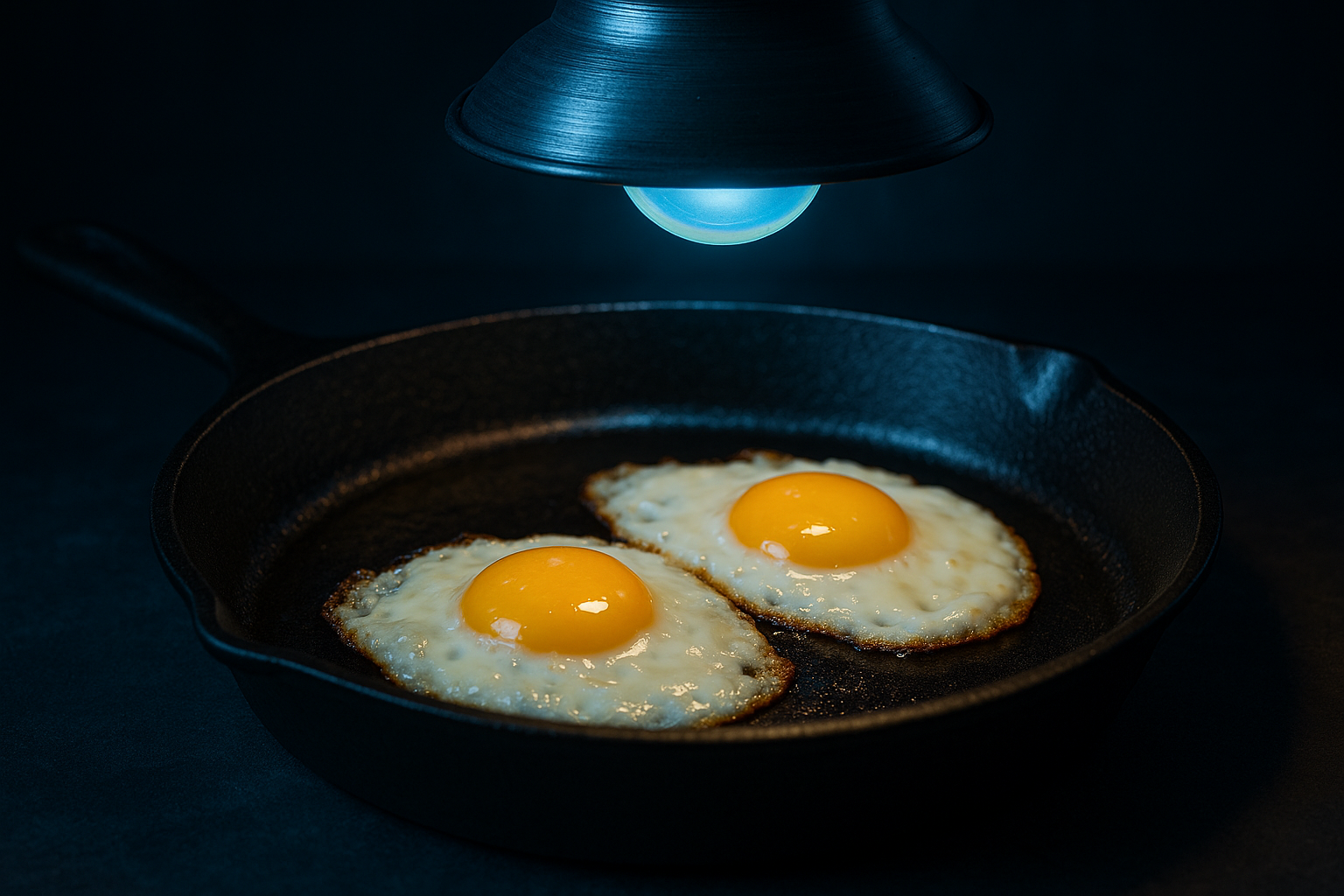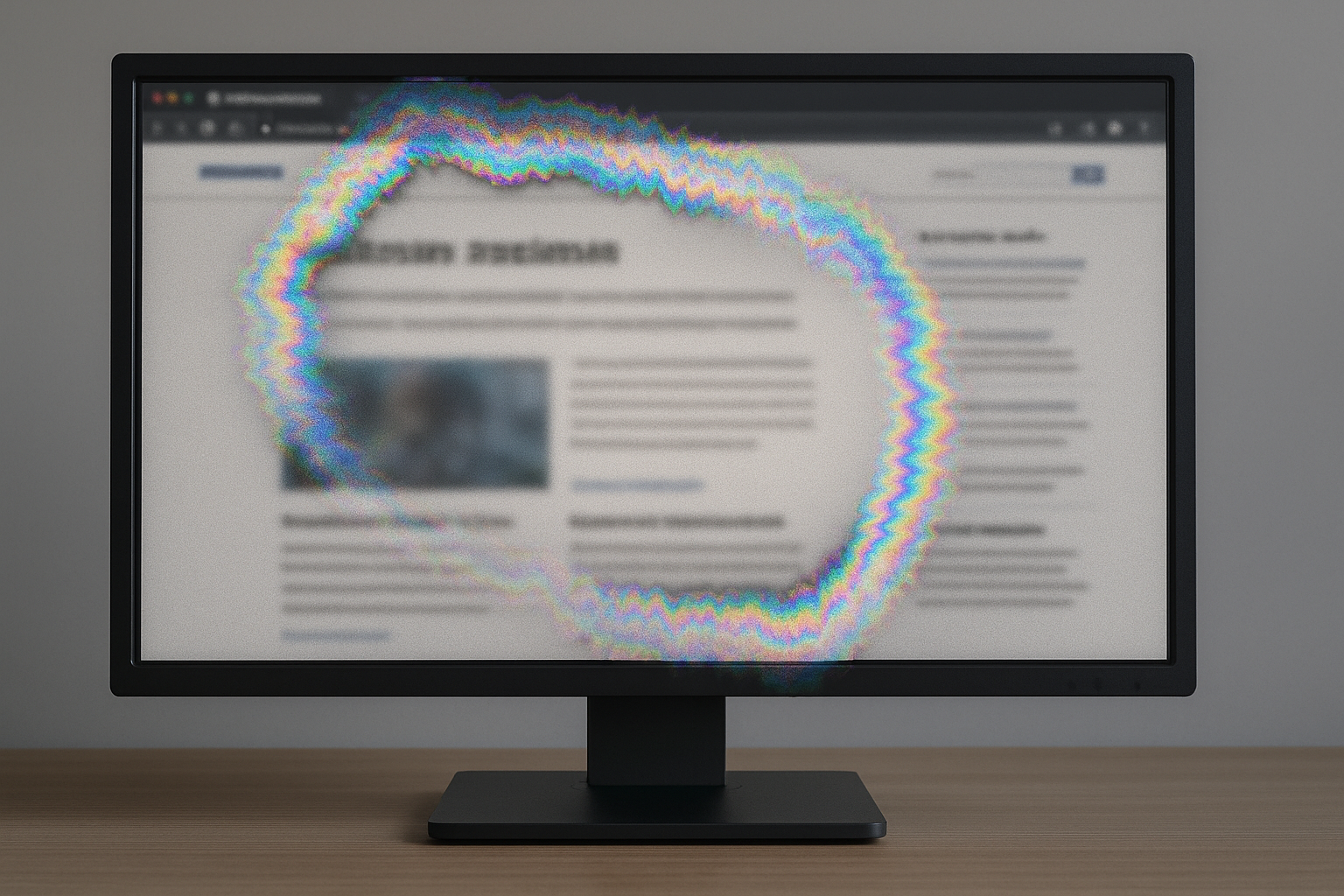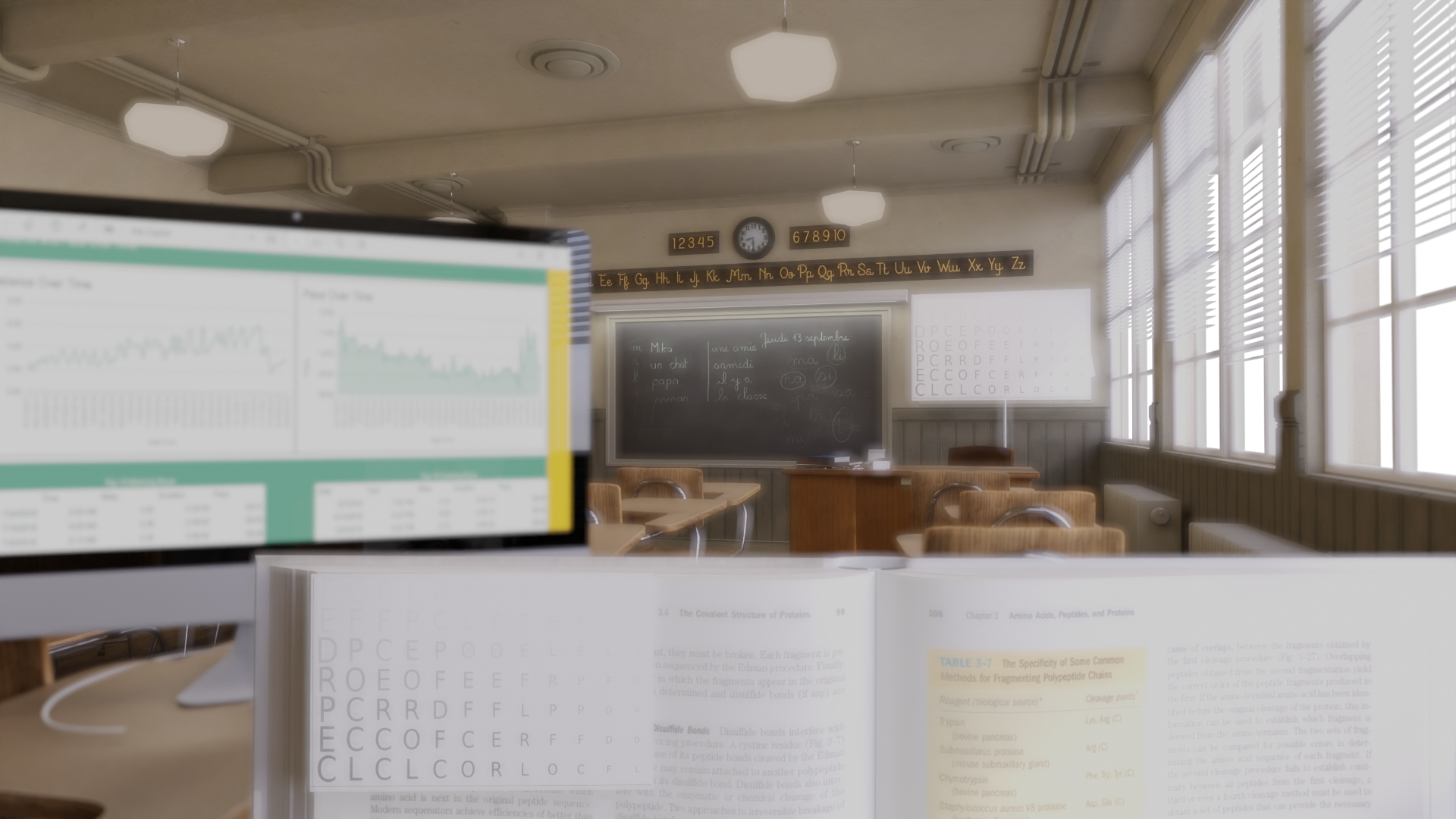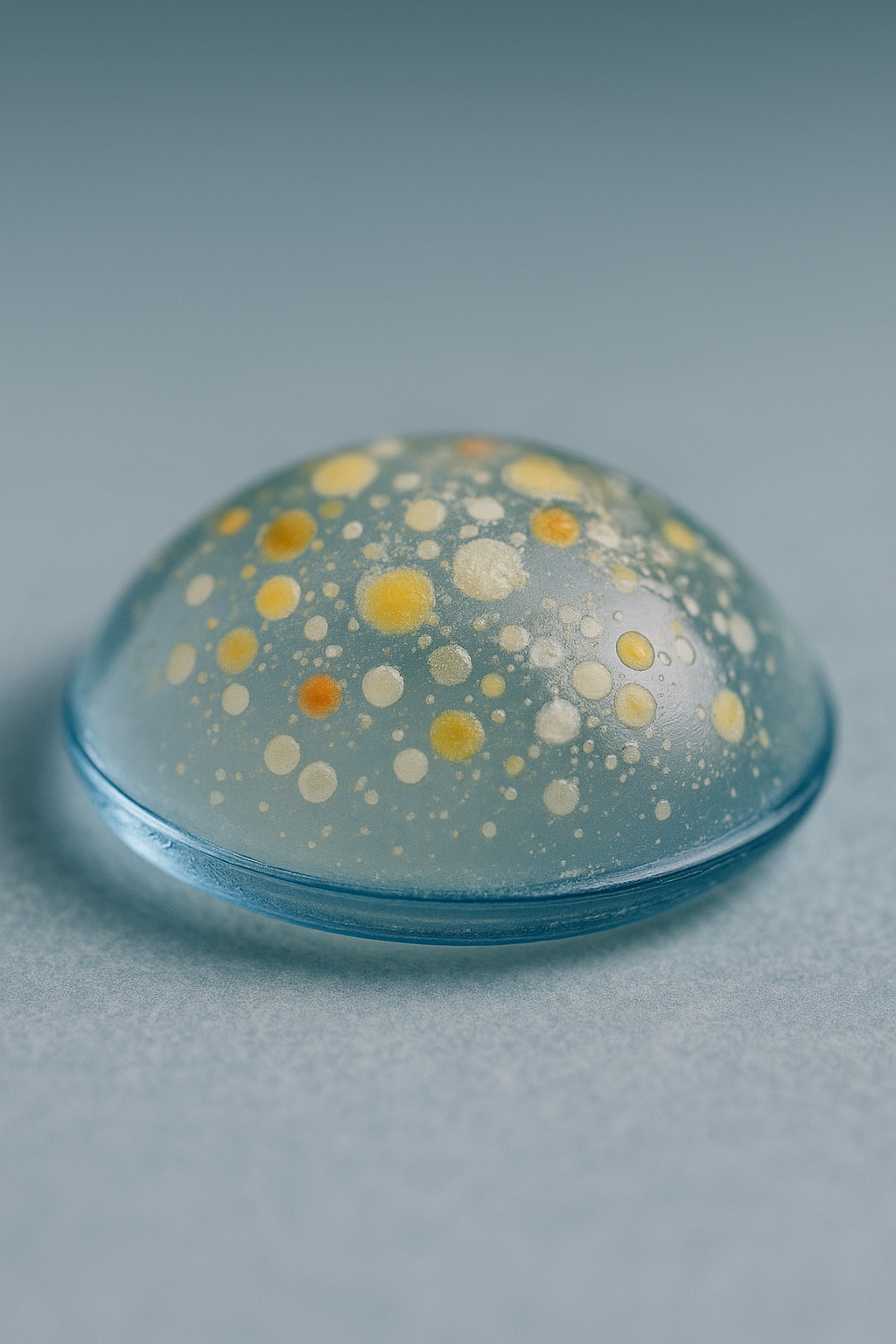
Personalized Optometry Powered by Technology
For Professionals, Families, and Everyone in Between

A NEWLY REIMAGINED EXPERIENCE
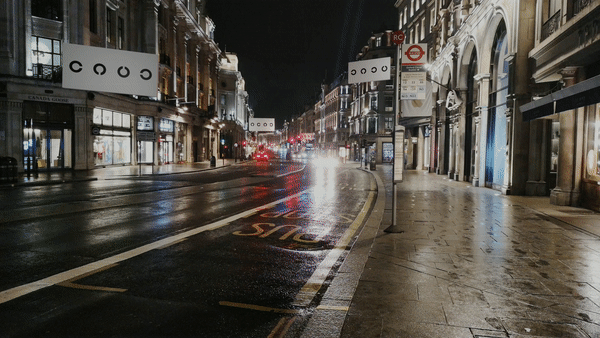
Utilizing proprietary software created in house we can now test patients vision in real world situations includes glare, rain, and poor lighting.
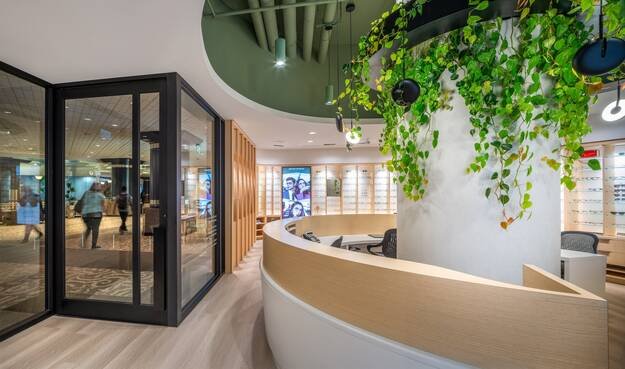
We invite you to embark on a journey into the future of eye care in our newly imagined and expanded clinic.
A typical eye examination room at Calgary Vision Centre features a whole array of technology, allowing us to understand precisely how well you actually see, not just how well you can see the eye chart.
Blog
If every nighttime commute feels like you’re being interrogated by oncoming headlights, you’re probably wondering whether night driving glasses are worth a try. Before you click “Add to Cart,” here’s the honest breakdown.
Most people walk past the multivitamin aisle wondering if they’re being irresponsible adults for not grabbing a bottle with a name like Ultra Vision Shield Maximum Defense See Forever. But when you trace where these eye vitamins came from, what they were actually tested on, and who they were meant for, the whole thing becomes a lot less mysterious.
You spent your childhood outdoors, with zero TikTok and still ended up wearing glasses. Now your kid spends eight hours a day staring at YouTube thumbnails from six inches away. What chance do they have? This new calculator combines decades of myopia research to find out.
Polarized light is like a pitcher throwing endless sliders: distracting, overwhelming, and hard to track. Polarized sunglasses filter out the junk, leaving only the clean, useful “fastballs” your eyes can actually use.
We spend hours glued to screens every day, and it feels like all that blue light must be harmful. But how much actually reaches your retina? And how does a full workday at a monitor stack up to blue exposure from the outdoors?
Ever been told you had an “ocular migraine”? Chances are, that is not what really happened. In this post, we break down what those zigzags and blind spots actually mean, why “ocular migraine” is usually a misused label, how to tell the difference between harmless aura and eye emergencies.
You're about to make an irreversible decision that affects how you see everything forever… no pressure.
Menus, text messages, sunsets, your grandkids' faces… all filtered through a lens you haven’t picked yet, and can’t return. Should you choose perfect clarity at one distance? Or decent vision at all distances with a few quirks? I built some simulations and visuals to help make sense of it. Because this isn't just about lenses it's about how you’ll see your life.
Most eye exams only test how well you see black letters on a white chart but real life isn’t high contrast. If you’ve ever “passed” your eye test but still struggle with night driving, glare from oncoming headlights, or foggy days, the problem might be your contrast sensitivity and there is a good chance its never been tested.
As patents expire, old lens designs are repackaged and sold as “new,” even though they were cutting-edge back when flip phones were still cool. This article unpacks how progressive lens tech has evolved, why modern vision needs demand modern optics, and what you're really getting when you buy progressive glasses from a big-box store or discount site.
Earth's atmosphere sometimes bends light in bizarre ways, letting sailors spot ships beyond the horizon and creating phantom sunrises in Antarctica. But could those same tricks stretch a sightline 30,000 kilometers across oceans and continents? We break down the physics, the math, and how big a landmark would have to be to pull it off.
You’ve probably seen the TikTok horror stories: someone nearly lost their eyesight after swimming in their contact lenses. But how likely is that really? Are eye doctors overhyping the risk of Acanthamoeba keratitis (AK), or are we just bad at understanding odds? This post cuts through the anecdotes and breaks down the real numbers behind AK and why your habits might make it more dangerous than riding without a seatbelt. Plus, try your luck with our AK risk simulator and see if you beat the odds… or not.
Dry eyes in Calgary are no joke. Learn why low humidity, computer screens, and your meibomian glands are at war—and what you can do to protect your tear film.





